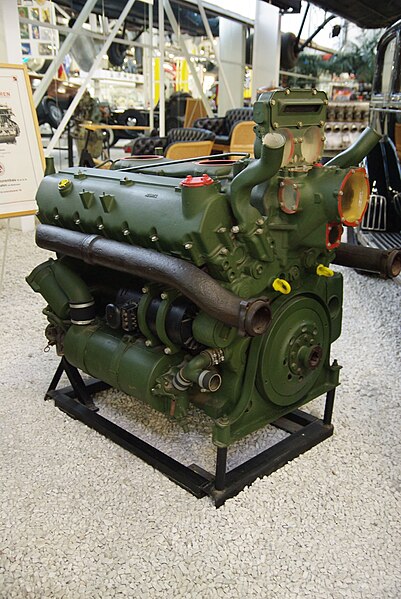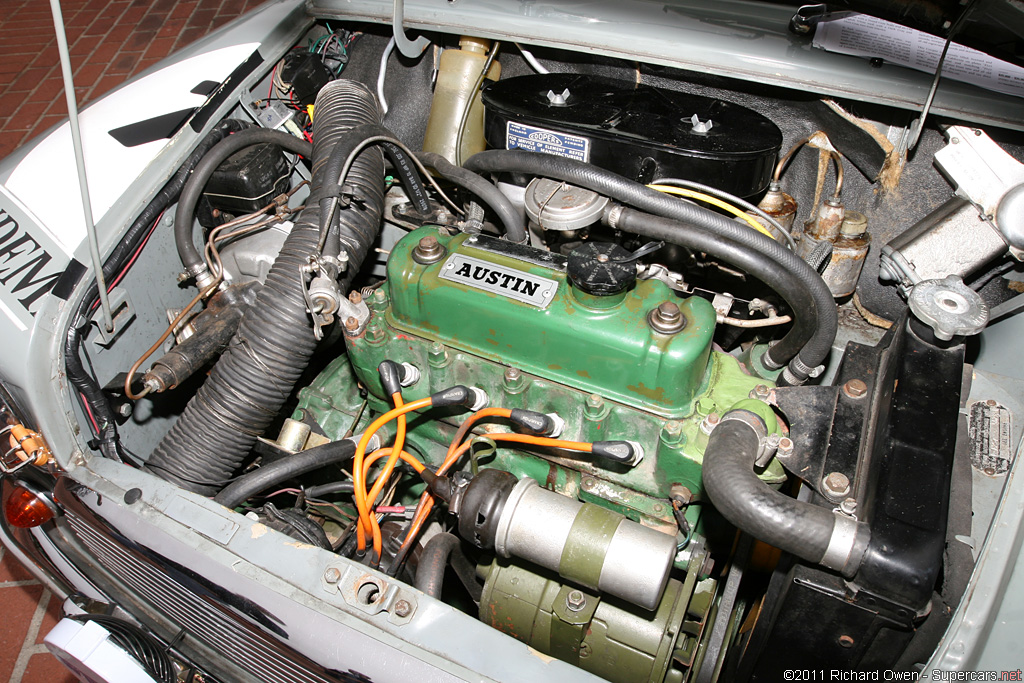AnotherDilbert
SOC-14 5K
Agreed, that is a massive problem. That's why I used tank engines, they are clearly bounded modules intended to be pulled out in the field. I suspect a large part of why the modern engine has a higher density is simply that it is better packaged into a smaller box, having a development time of a decade rather than six months in wartime has its advantages....I like that ... but I find all VOLUME metrics questionable since they are bounding boxes on one component in a room fill of components plus controls plus access space, plus wires and plumbing.
Even the old engine is fairly good at filling its bounding box:

I suspect that is a general feature, experience and development (TL) allows us to package the necessary machinery more tightly, increasing density. Compare the engine bay of a 50 year old car with a modern car, the old car is mostly empty under the bonnet, whereas the modern car is packed.
Agreed, mass is much easier to determine.Eventually I found weight (kg) per MW (or kW) was a far easier metric to gain accurate data on or calculate. Try comparing those two tank engines and assume that a 1 MW engine will fit in the same Engine Room with space around it. How has TL impacted "tonnes per MW"?
As above, the modern tank/car is better packaged, and hence denser than the older comparison.
In general would expect a higher TL item to be simpler, more compact, and have less moving parts than a low tech item. Compare a light bulb with a LED light, which is more compact, more dense? Compare an 10 year old tower PC vs a 5 year old laptop vs an iPad, which is more compact, more dense? The iPad is lighter but also much smaller, hence higher density, there is no excess space...
I don't really bother to have an opinion, I just use the game defaults for things I have no idea what they are or how they work, such as fusion power plants, reaction-less manoeuvre drives, or jump drives.Do you really view ENGINEERING on a ship as a room crammed full of equipment like the space between parts on a modern Main Battle Tank Engine?
If anything I would expect them to be more solid-state, rather than a few of spinning things in a lot of empty space (ICE), hence denser. If an M-drive is a solid-state clump of metal and silicon at 5 tonnes/m³, that would make the engineering compartment 60% air at 2 tonnes/m³.

